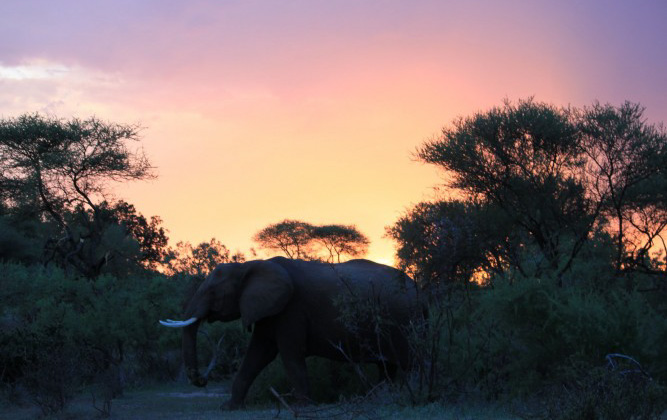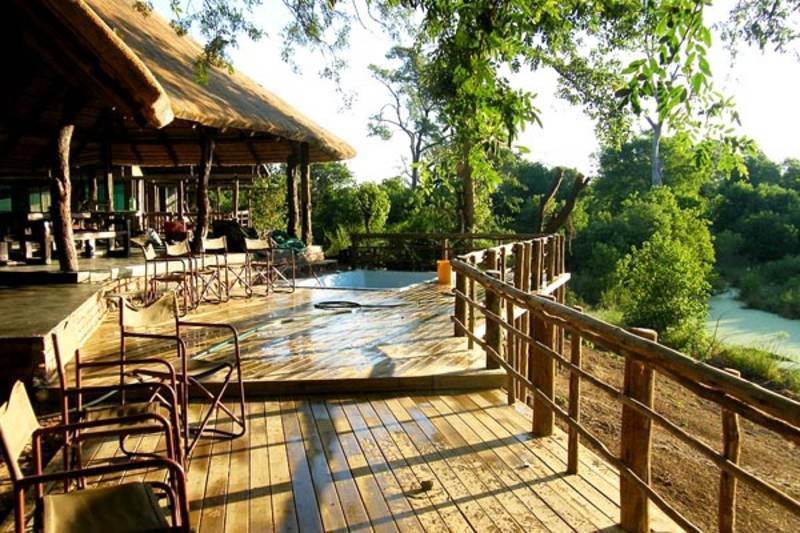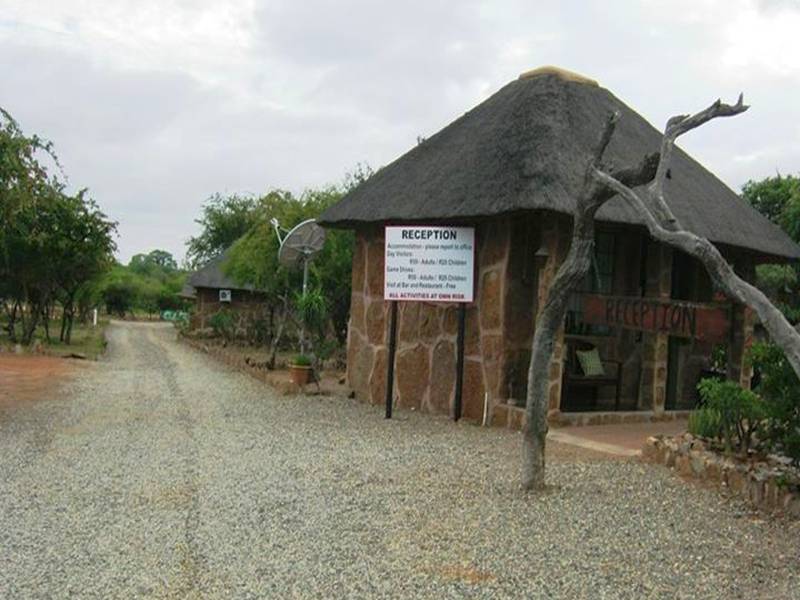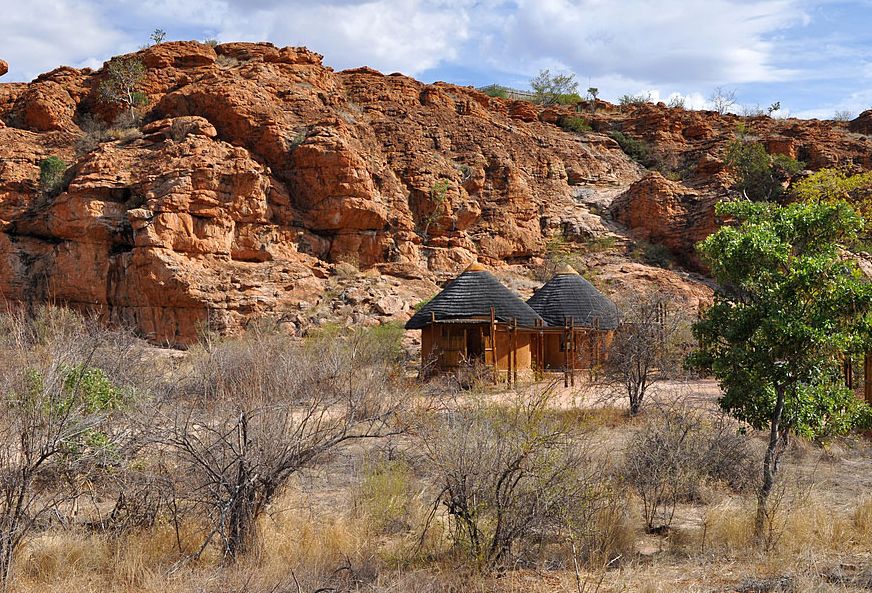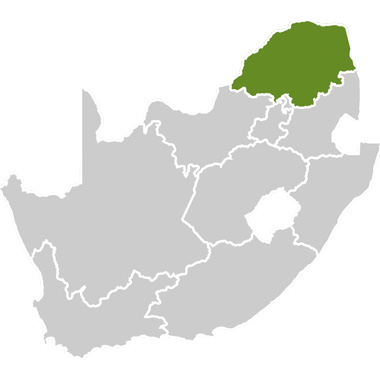This is the route to the ancient Kingdom of Mapungubwe, South Africa’s first kingdom, which existed in the 13th century from about 1220 to 1290, on top of Mapungubwe Hill, the ‘place of jackals’. It is here where gold artefacts, including the Golden Rhino and other treasures have been discovered, revealing a sophisticated civilisation that was capable of working gold and traded with the Indian Ocean trade network that included the countries of Arabia, China, Indonesia and India. Mapungubwe was the forerunner of the Great Zimbabwe civilisation, and it is estimated that up to 5,000 people lived around the area known as Mapungubwe hill.
The Mapungubwe Landscape was declared a World Heritage Site on 3 July 2003. This confirmed the international importance given to the area to ensure that the natural bio-diversity of fauna and flora and African Iron Age archaeological sites are preserved for future generations to learn about and enjoy.
However, the Mapungubwe Route is not only the road to the ancient kingdom. It is also the road to one of South Africa’s newest national parks, the Mapungubwe National Park that incorporates the World Heritage Site. The northern boundary of the park is the Limpopo river. The viewpoint overlooking the confluence of the Shashe and Limpopo rivers is a vista where three countries, Zimbabwe, Botswana and South Africa, meet.
Reasons to visit
The area boasts an impressive landscape including sandstone cliffs, balancing rocks, riverine forests, Mopane bushveld and views of the Limpopo River. The park forms the core of the proposed Limpopo-Shashe TransFrontier Conservation Area, incorporating parts of Zimbabwe, Botswana and South Africa. Wildlife at present includes elephant, giraffe, eland, gemsbok, blue wildebeest, red hartebeest, zebra, kudu, waterbuck, impala, bushbuck, klipspringer and other plains game. The park offers facilities for both overnight visitors and day visitors.
There are birding and game viewing hides, elevated tree-top walks to the Limpopo river, 4×4 trails and picnic sites. Guided visits led by SANParks guides are available to and up onto Mapungubwe Hill, and to San rock art and dinosaur fossils. Travellers can also visit a crocodile farm, San rock art, wildlife, wilderness trails and even diamonds at the De Beers Venetia diamond mine.
Along the Mapungubwe Route the baobab tree (Adansonia digitata) is the undisputed king of the bush. These giant trees with their enormous girth and dominating presence are surrounded by legend, one of which explains the root-like branches by saying that the gods, in a frivolous mood, planted the tree upside down, exposing the roots. A baobab trail wends its way amongst many baobabs, most over 1,000 years old. Each of these baobabs has its own character and a name describing it. It is a one or two day walking trail, but it is also possible to follow the route on a mountain bike.

